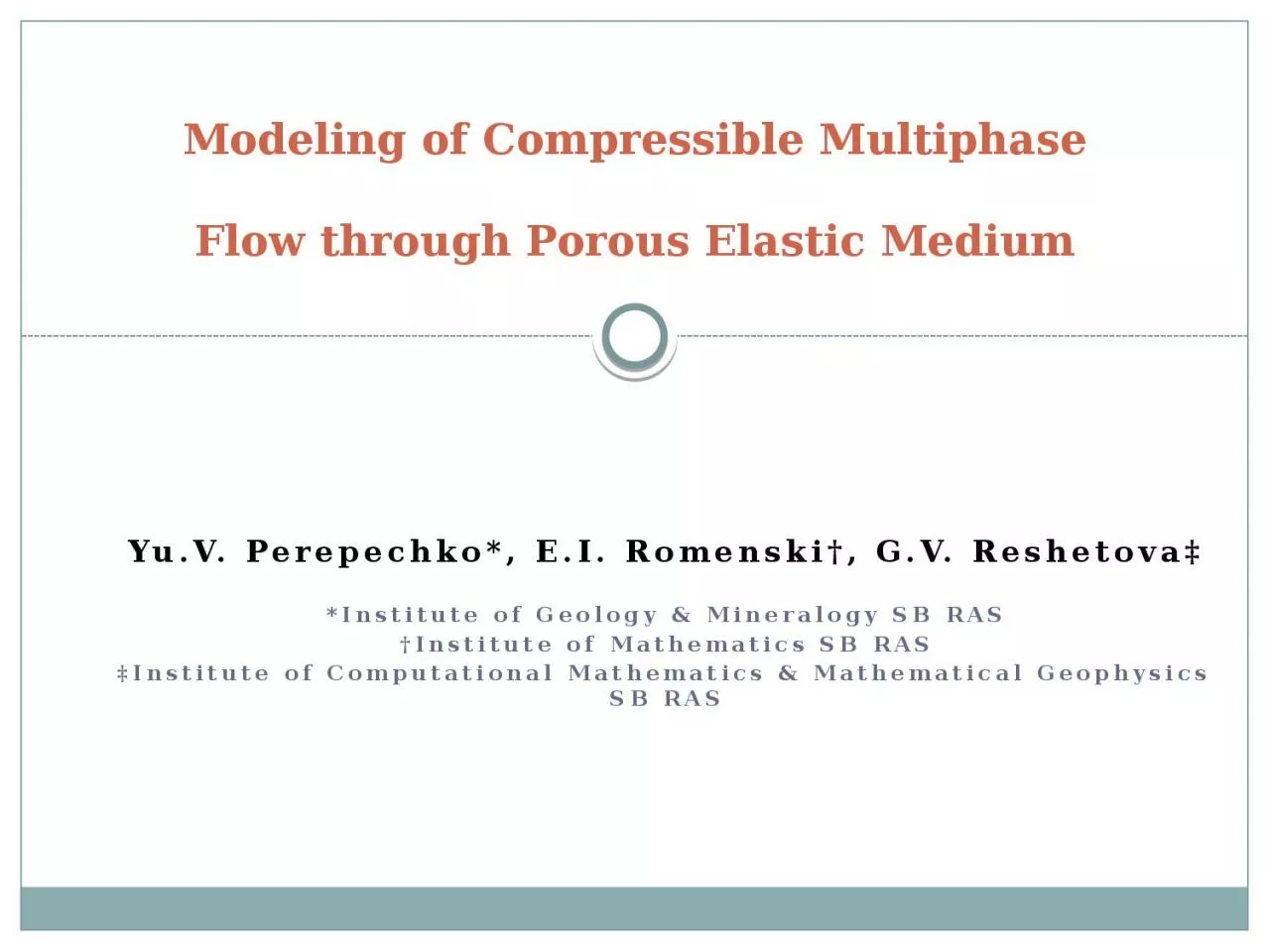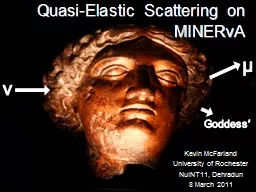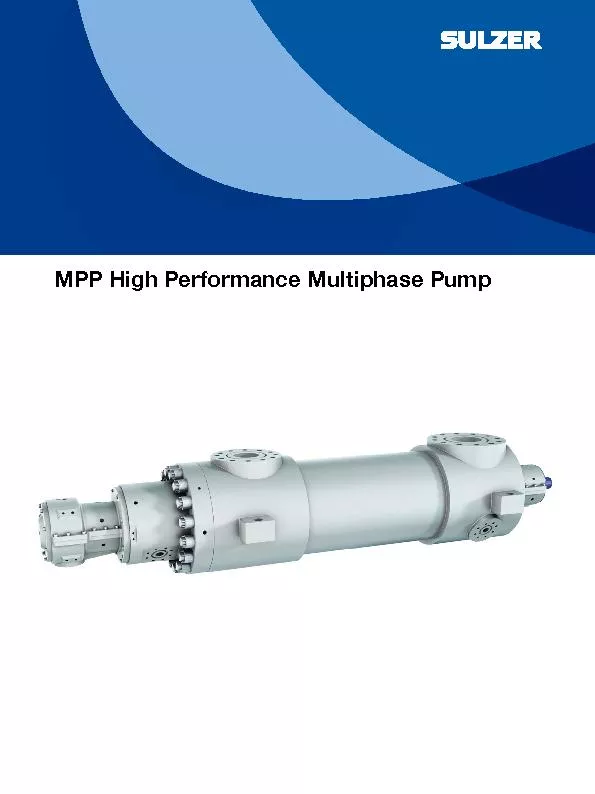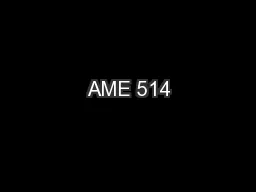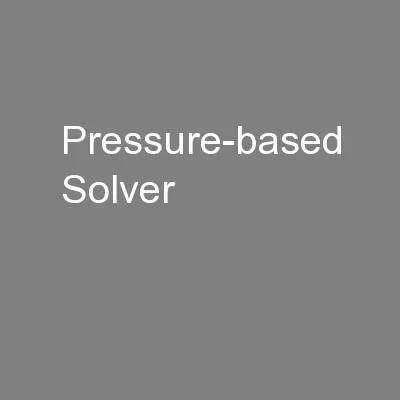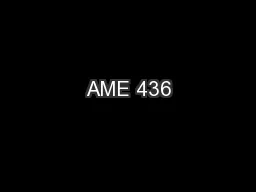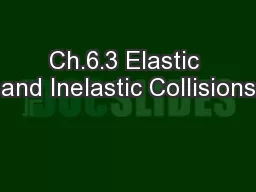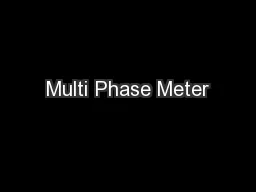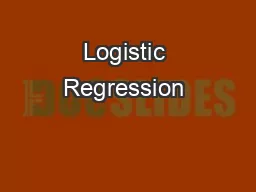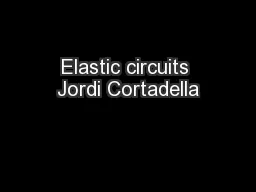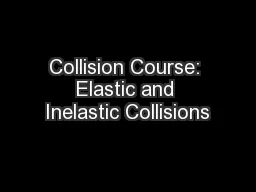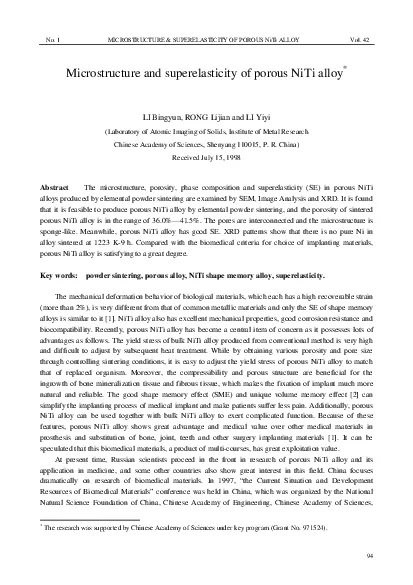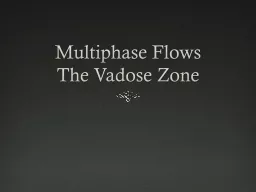PPT-Modeling of Compressible Multiphase Flow through Porous Elastic Medium
Author : keywordsgucci | Published Date : 2020-08-28
Romenski GV Reshetova Institute of Geology amp Mineralogy SB RAS Institute of Mathematics SB RAS Institute of Computational Mathematics amp Mathematical
Presentation Embed Code
Download Presentation
Download Presentation The PPT/PDF document "Modeling of Compressible Multiphase Flow..." is the property of its rightful owner. Permission is granted to download and print the materials on this website for personal, non-commercial use only, and to display it on your personal computer provided you do not modify the materials and that you retain all copyright notices contained in the materials. By downloading content from our website, you accept the terms of this agreement.
Modeling of Compressible Multiphase Flow through Porous Elastic Medium: Transcript
Download Rules Of Document
"Modeling of Compressible Multiphase Flow through Porous Elastic Medium"The content belongs to its owner. You may download and print it for personal use, without modification, and keep all copyright notices. By downloading, you agree to these terms.
Related Documents

